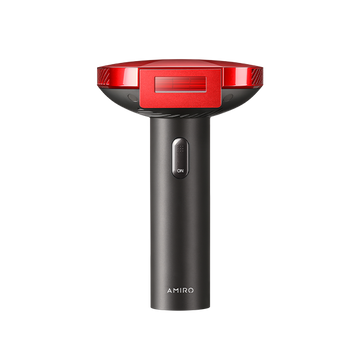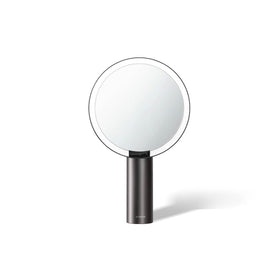What Is Rosacea and How Can LED Light Therapy Help?
Is your skin's unpredictable redness and irritation controlling your life? You’ve tried countless creams, but the frustrating cycle of flare-ups continues. What if there was a gentle, at-home solution that could calm the storm within your skin, without the harsh side effects of medication?
What Causes Rosacea and Why Is It So Hard to Treat?
Rosacea can be like a surprise storm—bringing waves of redness, irritation, and flare-ups when you least expect them. But What’s really behind rosacea—and why is it so difficult to manage?

Unveiling the mystery of rosacea
Rosacea is a chronic inflammatory skin condition that affects an estimated 5.5% of the global population. It is characterized by persistent facial redness, visible blood vessels, skin sensitivity, and sometimes a burning or stinging sensation. The condition often appears on the cheeks, nose, forehead, and chin, and can significantly affect self-confidence and quality of life.
Innovative solutions for rosacea treatment
The exact cause of rosacea is not fully understood, but research suggests it is related to a combination of genetic, vascular, immune, and environmental factors. Common triggers include sun exposure, temperature changes, spicy foods, alcohol, and caffeine, stress and hormonal fluctuations, certain skincare or cosmetic products.
Traditional treatments such as oral antibiotics, topical metronidazole, and corticosteroids can help control inflammation and redness. However, they often come with side effects like dryness, irritation, and—over time—potential resistance or dependency. Because of these limitations, many patients and dermatologists are exploring non-invasive, low-risk alternatives.
LED red light therapy has emerged as one such option, offering a gentler approach to calming inflammation, supporting skin repair, and improving barrier function without the risk of drug-related side effects.
Does LED Red Light Help Rosacea?
Yes, red LED light therapy, especially within the wavelength range of 630–670nm, has demonstrated promising benefits for people suffering from rosacea by targeting key underlying causes of the condition.
Several studies have shown the role of red light in treating Rosacea. Some science evidence exists that supports that LEDs may improve outcomes in acne vulgaris, HSV, HZV, and Rosacea. Meanwhile, a few in vitro studies and a published in vivo study on patients with papulopustular rosacea with methyl ester aminolevulinate (MAL) coupled with PDT , reported efficacy of LEDs for treatment of rosacea. Unlike UV light, red LED light is non-thermal and low-energy, meaning it will not damage the skin. Instead, it penetrates the epidermis to reach the dermis, where it can:
- Reduce Inflammation: Red light calms overactive immune cells and lowers the production of inflammatory molecules that cause redness, swelling, and discomfort.
- Improve Blood Circulation: The therapy promotes healthy microcirculation by encouraging blood vessels to relax and repair. Improved blood flow helps flush out toxins and metabolic waste from skin tissues while delivering oxygen and nutrients essential for skin healing and regeneration.
- Stimulate Collagen Production: Red LED light activates fibroblast cells to produce more collagen, a crucial protein that strengthens the skin’s structure. Enhanced collagen levels rebuild the skin barrier, making it more resilient against environmental triggers and preventing irritants from penetrating and causing flare-ups.
- Enhance Tissue Repair: By boosting mitochondrial function—the energy source of cells—red light accelerates cellular repair and renewal.
All of them make it a safe and effective complementary therapy for mild to moderate rosacea.
Benefits of Using LED Light for Rosacea Symptoms
What are the benefits of using LED light for Rosacea symptoms? What is its specific role
Relieve persistent erythema
Unlike traditional treatments that may irritate sensitive skin, red light therapy provides a gentle, non-invasive approach that improves overall skin tone without aggravating symptoms. LED light therapy is noninvasive and thus carries few risks with no downtime. It can be used on all skin types and does not burn the skin. Additionally, no pain is associated with LED light therapy. By improving microcirculation and promoting healthier blood flow, the therapy supports a balanced complexion and helps restore the skin’s natural color, offering long-term relief for those who struggle with the visible redness that rosacea causes.
Improve skin sensitivity and tingling
LED light therapy can modulate nerve signaling and reduce inflammatory responses, which helps to soothe these unpleasant feelings. By calming the skin’s nervous system and lowering inflammation, LED treatment lessens the hypersensitivity that makes skin react strongly to everyday triggers. Additionally, the anti-inflammatory effects contribute to calming the skin’s environment, making it less reactive and helping to break the cycle of irritation that exacerbates rosacea symptoms.
Enhance skin's self-repair and tolerance
Red LED light therapy stimulates cellular processes like collagen production and mitochondrial activity, which boost in the skin’s self-healing ability strengthens the barrier function, enabling the skin to better retain moisture and defend against irritants. The improved barrier also helps the skin recover more quickly from inflammation, creating a positive cycle of healing that supports overall skin health and resilience.
Reduce the frequency of seizures
Rosacea flare-ups are unpredictable and can be triggered by a variety of factors, including stress, heat, and certain foods. By calming inflammation and promoting vascular health, LED treatment creates a more stable skin environment that is less reactive to triggers. This reduction in flare-ups not only improves physical symptoms but also enhances emotional well-being, giving patients greater confidence and comfort in their skin.
How to Choose the Right LED Device for Rosacea Treatment
When selecting an LED light therapy device specifically for rosacea, it’s important to focus on features that ensure both effectiveness and safety for sensitive skin. Here are key factors to consider
Referenced Factors
- Red Light Wavelength Between 630–670nm
The wavelength range of 630 to 670 nanometers is clinically proven to penetrate deeply enough to target inflammation and vascular issues associated with rosacea. - Safety Certifications
Choose products that have been tested and certified by recognized health authorities such as the FDA or CE. - Eye Protection Features
Since LED light can be intense, especially in close facial use, devices with built-in eye protection or that come with separate goggles are essential to prevent eye strain or damage. - Adjustable Intensity Settings
Rosacea skin can be sensitive, so a device with multiple intensity levels allows you to start with a lower setting and gradually increase as your skin becomes more accustomed. - Comfortable and Ergonomic Design
Because consistent use is key to seeing results, select a device that fits comfortably on your face and is easy to operate. Masks or handheld devices designed with user comfort in mind encourage regular treatment without hassle.
Recommended Device: AMIRO Spectra LED Red Light Mask
- The AMIRO Spectra LED Red Light Mask is specially designed with sensitive skin in mind. It offers the ideal red light wavelength, multiple adjustable intensity levels, and built-in eye protection to keep your treatment safe and comfortable:
- Optimal Wavelength for Skin Healing: The mask emits red light in the scientifically supported wavelength range of 630–670 nm, which is known to penetrate the skin at the right depth to promote cellular repair, reduce inflammation, and soothe redness—making it particularly suitable for rosacea-prone and sensitive skin.
- Multiple Adjustable Intensity Levels: Recognizing that sensitive skin requires gentle care, the device allows users to customize the light intensity.
- Built-in Eye Protection: The AMIRO mask integrates protective shielding that blocks direct exposure to the eyes, preventing potential discomfort or damage during sessions without the need for additional goggles.
- Ergonomic, Comfortable Design: The lightweight, flexible mask is crafted to fit snugly against various face shapes, ensuring even light distribution while allowing you to move freely during treatment.
- Hands-Free and Convenient: Unlike handheld devices, the mask’s hands-free operation lets you relax, read, or carry on light activities during sessions, making it easier to incorporate into daily skincare routines.
- Durable and Easy to Clean: Made with quality materials that are resistant to sweat and oils, the mask is easy to maintain hygienically, supporting safe repeated use over time.
Usage Tips for Optimal Results
- Duration: Aim for 5 to 30 minutes per session to deliver enough light exposure for therapeutic benefits without overdoing it.
- Frequency: Use the device 3 to 5 times per week for consistent improvement and maintenance of your rosacea symptoms.
- Pre-Treatment Preparation: Always cleanse your skin thoroughly before using the LED device to remove any makeup, dirt, or oils that could block light penetration.
- Post-Treatment Care: Follow up with a gentle, hydrating moisturizer to soothe the skin and lock in moisture, which supports the healing process.
By following these guidelines and choosing the right device, you’ll maximize the benefits of red LED light therapy and help your skin become calmer, clearer, and more resilient over time.
Conclusion
LED red light therapy offers a safe, gentle, and effective way to manage rosacea symptoms without the side effects of traditional medication. It is especially beneficial for people with mild to moderate rosacea or sensitive skin looking for a non-invasive daily care option.
While it’s not a cure, it can significantly improve skin comfort, appearance, and resilience when combined with good lifestyle habits and trigger management.
Source:
1. Light‐emitting diodes in dermatology: A systematic review of randomized controlled trials.
2. Coupled blue and red light-emitting diodes therapy efficacy in patients with rosacea: two case reports.
3. What is LED light therapy and what are the benefits?
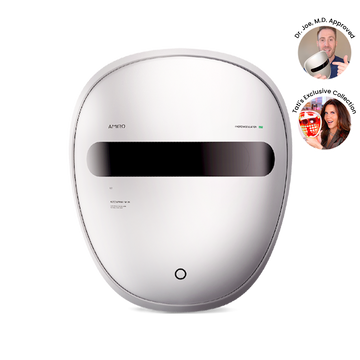
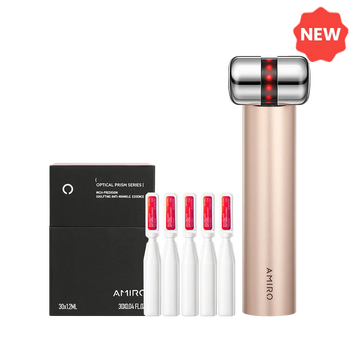
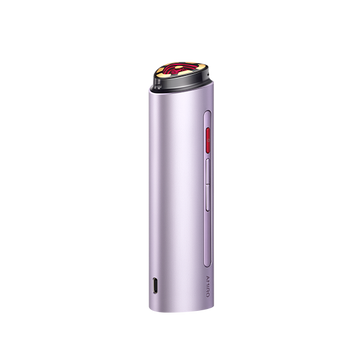
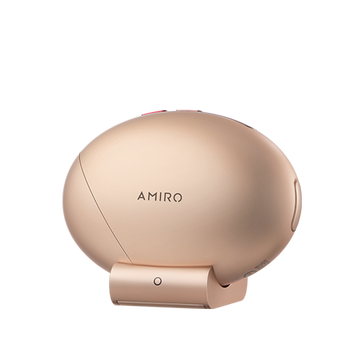
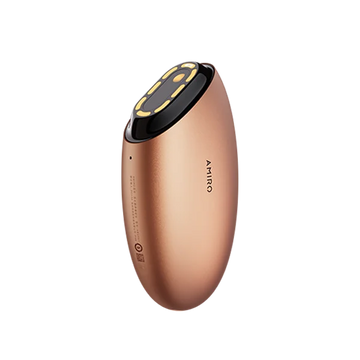
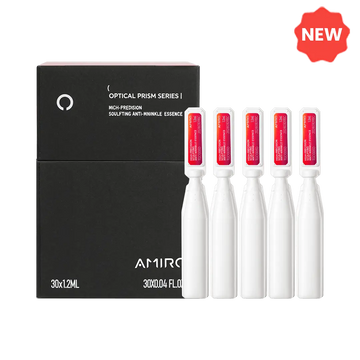
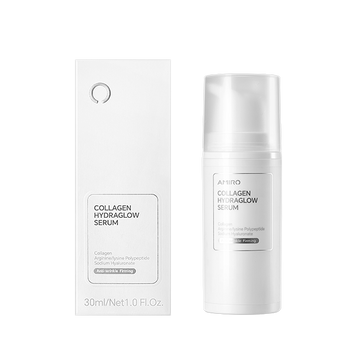





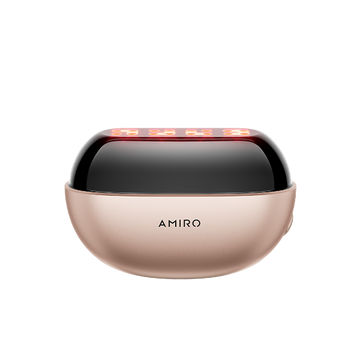
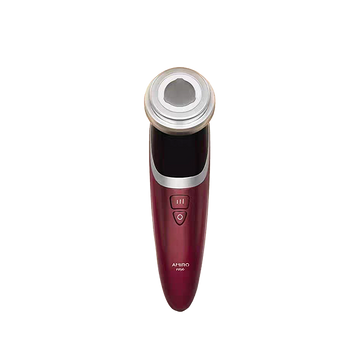

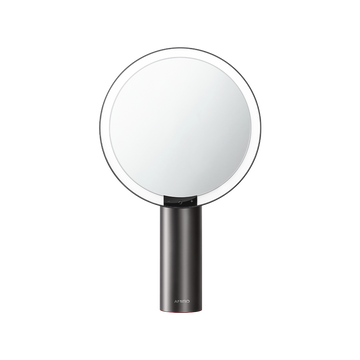
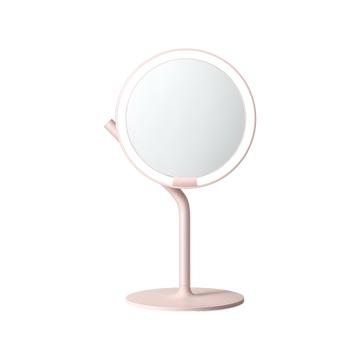


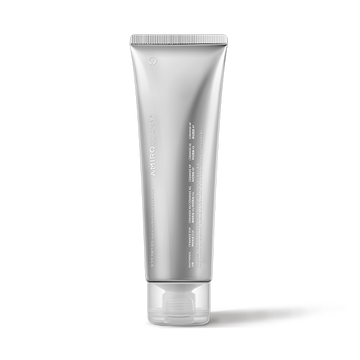



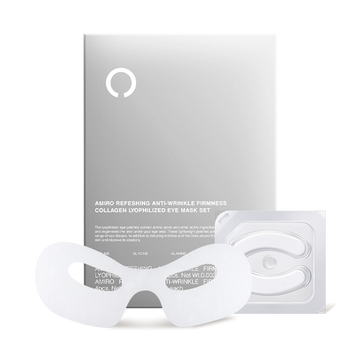
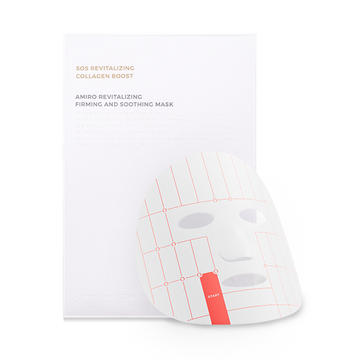
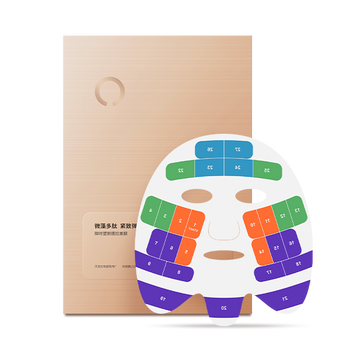
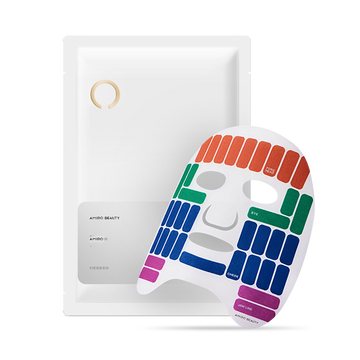
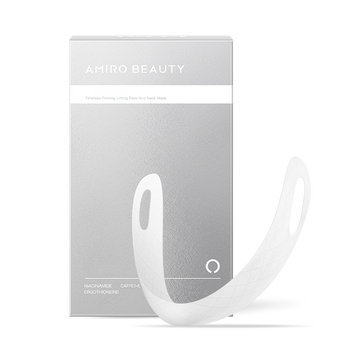
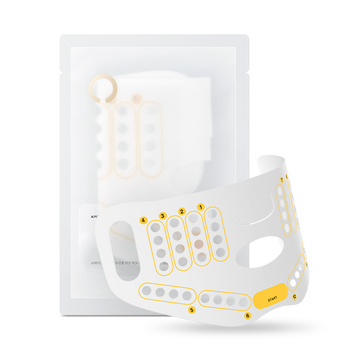
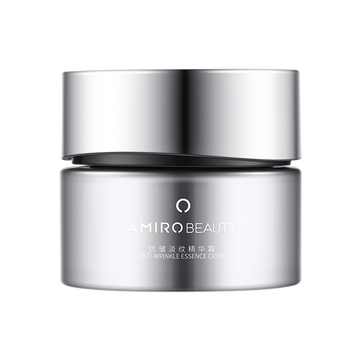
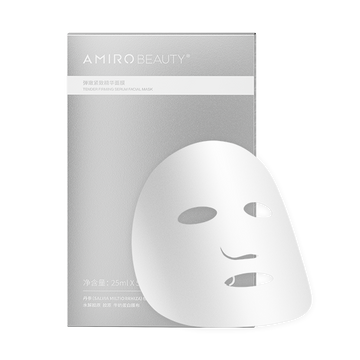
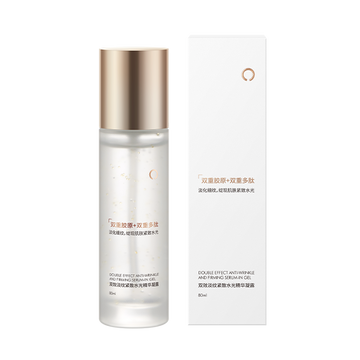
![[Half-Price Flash Sale] AMIRO Flash Sale Limited Stock](http://amirobeauty.com/cdn/shop/files/S2_50190716-0485-4dc3-bb88-f5d398f8f05b.jpg?crop=center&height=360&v=1766641050&width=360)
